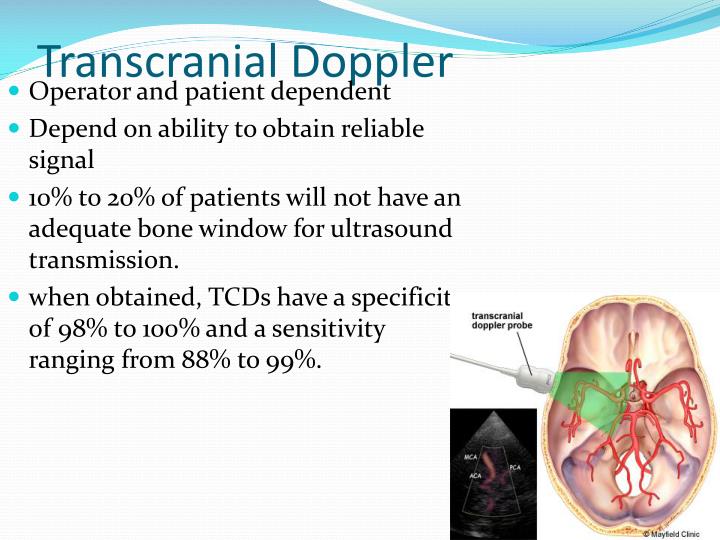

Cerebral angiography used to evaluate cerebral blood flow is accepted as the gold standard method in the diagnosis of brain death. The main limitations of the tests in which neural activity is evaluated include artefacts and being influenced from metabolic changes and drugs. Tests used to evaluate neural activity are EEG and evoked potentials. Similarly, in our country, the regulation of organ and tissue transplant services published in 2012 recommended a ancillary test that evaluates brain circulation in cases where apnoea test is not performed ( 1– 6).Ĭerebral blood flow or neural functions are evaluated with the ancillary tests used in the diagnosis of brain death. In the AAN guideline, additional testing is recommended to confirm brain death in cases where neurological evaluation is not possible. Finally, in 2010, the American Academy of Neurology (AAN) published an updated evidence-based guideline to detect brain death.

The Harvard Report was first published in 1968 and was widely accepted in the medical field. They have determined in this group of patients the absence of spontaneous respiration, deep coma status, lack of reflexes, low blood pressure and loss of activity in electroencephalography (EEG).Īs a result of the developments in organ transplantation, interest in brain death has increased, and organ transplantation from the donor who had brain death in 1963 for the first time has caused the need for regulation in the diagnosis and detection of brain death.

In the definition in a group of patients under mechanical ventilator support, the term ‘Le coma de passe’ was used in the same way as in the current definition. In the historical course, brain death was first defined by Mollaret and Goulon in 1959. Brain death is the irreversible loss of clinical functions of the brain and brainstem.


 0 kommentar(er)
0 kommentar(er)
